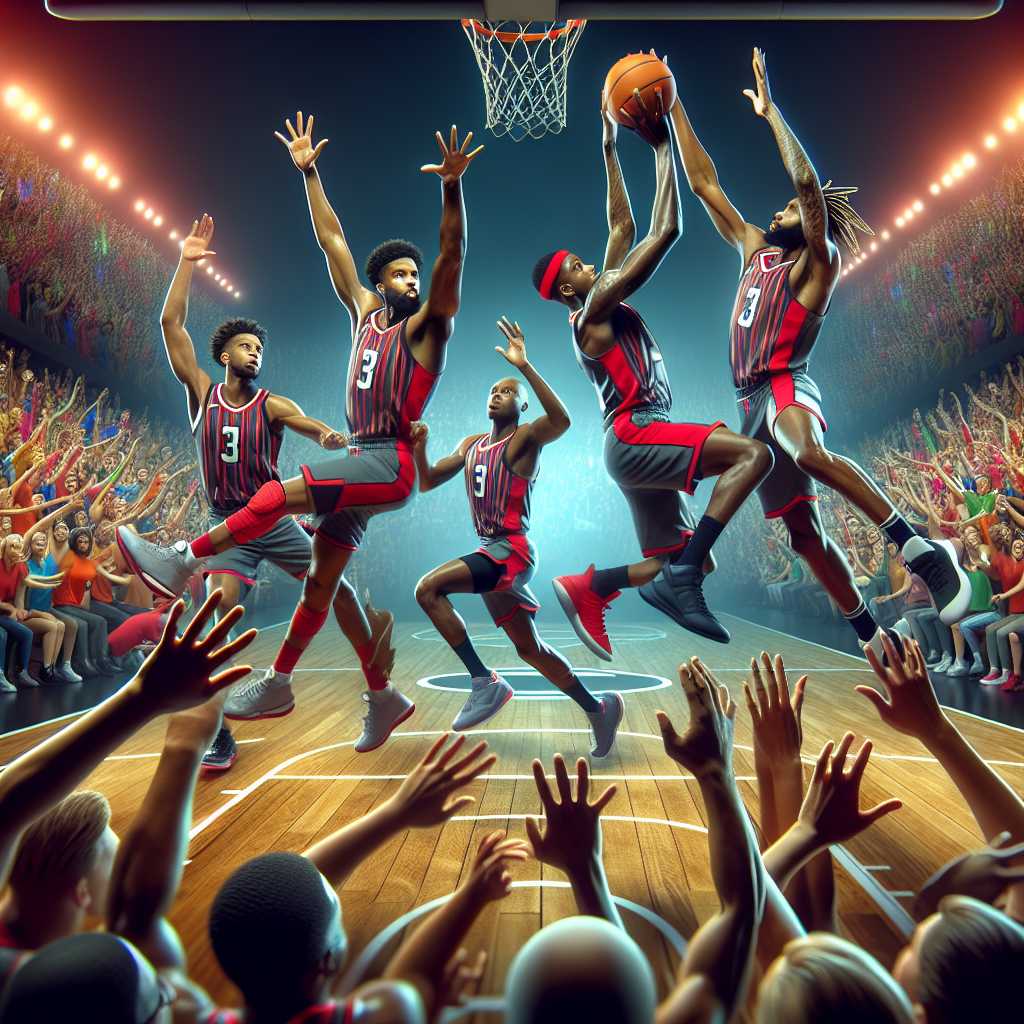Miami Heat: A Franchise Built on a Foundation of Success
The Miami Heat, since its inception, has carved a distinct niche in the history of professional basketball through its culture of excellence and persistent quest for success. Originally entering the NBA as an expansion team in 1988, the franchise’s rapid ascension to become a perennial contender is a testament to its strategic management and fostering of talent. This article explores the key elements that contributed to their reputation as a champion organization.
From Expansion to Contender: The Formative Years
The Miami Heat’s journey in the NBA began under a cloud of standard expansion team struggles. However, they quickly turned their fortunes around by constructing a team that earned admiration through gritty performances, which laid the foundation for long-term success.
Throughout the 1990s, the organization built competitive teams through judicious player acquisitions and the development of key players such as center Alonzo Mourning and guard Tim Hardaway. Under the guidance of Hall of Fame coach Pat Riley, who joined the franchise in 1995, the Heat became known for its defensive ferocity and a hard-nosed approach to the game.
Building Champions: The Big Three Era
Perhaps the signature era in the Miami Heat story rode in with the assembling of ‘The Big Three’ – LeBron James, Dwyane Wade, and Chris Bosh – who joined forces before the 2010-11 season. Amidst high expectations, this all-star trio transformed the Heat into a basketball powerhouse that reached four consecutive NBA Finals from 2011 to 2014, claiming two championships in 2012 and 2013.
Each player brought their unique set of skills and star power; LeBron James showcased his all-around brilliance and leadership qualities; Dwyane Wade provided his scoring prowess and experience, being named MVP in their 2006 championship window before The Big Three era; and Chris Bosh added his versatility as a big man. This period etched in stone a winning era that defined their capacity to captivate audiences with both dominance and star-studded attraction.
Sustaining Excellence: Heat Culture and Continuity
Even as stars have come and gone, what has remained constant for Miami is what has become known as the ‘Heat Culture.’ This term defines the organization’s commitment to accountability, hard work on both ends of the floor, physical conditioning, professionalism, and a next-man-up mentality that keeps them competitive regardless of roster changes. Alongside Pat Riley’s vision, other significant personalities like Erik Spoelstra’s innovativeness in coaching have embedded a resilience within the team framework. Spoelstra himself has been influential in carrying forward Riley’s Hallmark strategies while implementing his own nuances to modern-day basketball schemes.
The efficiencies of homegrown talent such as Bam Adebayo, alongside skilled tacticians like Jimmy Butler acquired via trades or free agency showcase that Miami Heat has maintained relevance in the NBA landscape by their uncanny ability to regenerate and redefine teams that continue challenging other franchises at the highest level.
The Magic City’s Home Team: Community Impact and Fan Loyalty
Beyond athletic performance, the Miami Heat has left a significant impact on Miami’s community with various outreach programs aimed at improving lives outside basketball courts. Engaged fan support packed into the American Airlines Arena — now known as FTX Arena — stands witness not only to a great team about exciting basketball but also to a beloved civic institution in South Florida.
This support stretches beyond sporting accomplishments; it finds roots within local culture and spans across global audiences enamored by Miami’s vigor which mirrors its vibrant city backdrop.
Notes
Image Description
An action-packed image from a Miami Heat basketball game displaying some of the team’s stars in their iconic red-and-black uniforms mid-play. The excited crowd is visible in t
